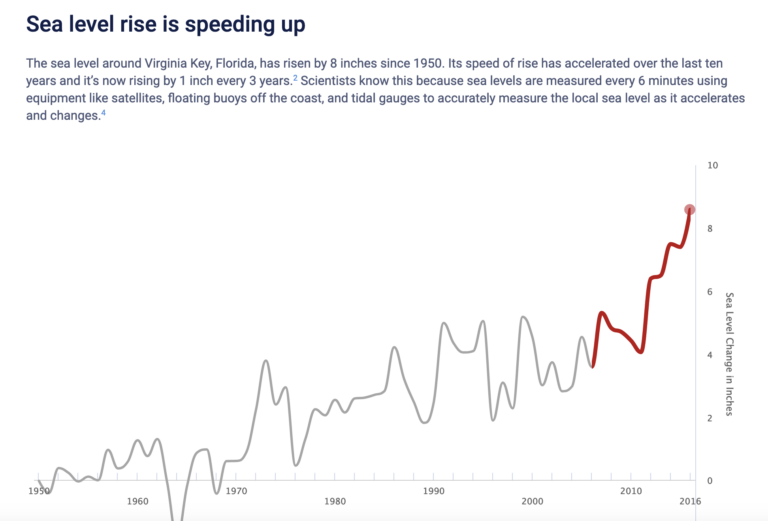Historically, companies throughout North America have grappled with periods when there was a water shortage—prolonged droughts, for instance—and, shortly after that, flooding. No matter the situation, these periods of too much/too little water lasted a relatively short period of time and had little impact on business operations.
However, this is changing as climate change now plays an increasingly influential role in our lives and business operations. We will still experience erratic water behavior but now these periods of too little and too much water will remain with us longer, potentially disrupting business operations for extended periods.
A Perfect Example: California
Before the winter of 2022-23, California was expecting more water shortages, compounding the water shortages the state has been experiencing for the past five years. However, then the dam broke, quite literally. The state received a “colossal amount of rain and snow,” according to an article in USA Today. “This past winter, the state was drenched with an estimated 78 trillion gallons of water. It’s not the wettest year the Golden State has ever seen, but it is a massive amount of water in a state that has been beset by drought for several years,” according to the publication.
After five years of drought, a gigantic sigh of relief was expressed by most Californians. They now had water again. But how long will this last? How soon before Californians must count each drop of water used to brush their teeth again?
Such extremes have always impacted businesses, but for these wet and dry periods to last longer is proving more detrimental. Here are some examples of what happens to companies that have endured long-term severe shortages of water:
- In 2021, Taiwan Semiconductor Manufacturing Corporation, the world’s most prominent computer chip maker, had to start trucking in water to continue production. The country is experiencing severe drought conditions. If the company had to stop production due to a lack of water, scores of companies worldwide, including Apple, would have to stop production. It could have the potential of causing a worldwide financial collapse.
- A Canadian mining company, Barrick Gold, closed its operations in Chile due to ongoing water shortages. Closing the facility cost the company $8.5 billion.
- And let’s remember our own country. The Colorado River supplies businesses, farmers and more than 40 million people with water. Allotments from the river are now strictly allocated, with most everyone sharing less water; the big concern now is what to do if the river dries up.
Too Much Is Not Good Either
According to a study published in Communications Earth & Environment, floods in the U.S. are the most devasting of water-related natural hazards, costing the U.S. $160 billion from 1996 to 2020. Further, the flash flooding resulting from all this water is increasing yearly, especially in the Southwest, which has rarely dealt with flash floods.
But let’s jump over to the other side of the country and see what’s going on.
Flash floods are increasing in Florida due to various factors, including climate change, sea level rise and development. According to Sealevelrise.org, tidal wave water floods in Florida have increased by 352 percent since the year 2000. These flash floods are already having a dramatic impact on Floridians. For example:
- More lives are being lost due to flooding.
- Property and infrastructure have been damaged, often severely.
- Property insurance is skyrocketing throughout the state (and some insurance companies are pulling out of the state entirely).
- Many coastal high-end homes are now viewed as the first properties to be uninhabitable in coming years.
How Does This Impact Building Developers and Retrofitters?
Although no one has a crystal ball, according to Klaus Reichard, CEO and founder of Waterless Co. Inc., for those in the building industry, what is likely going to happen in the coming years is the following:
- Companies planning on moving to a state or building a facility in a new state will conduct water risk assessments. These risk assessments will help them better understand the future water situation in these states. They will now be able to decide which states have the fewest/least number of water-related risks.
- Facilities being rehabbed will now have to consider water today and far into the future. Many facilities installed water restroom fixtures, for instance, when water was plentiful. That may not be the case in the coming years. A water risk assessment will provide a better understanding of what the future holds.
- More companies will become water stewards. They will help their communities reduce water consumption during prolonged droughts and find more effective ways to store water when blessed with large amounts of rainfall.
- Cities and counties will also need to conduct water risk assessments, primarily to show what the locality is doing to address future water concerns. This type of transparency will become imperative for their future business growth.
“We must all view water as a limited resource that must be protected,” says Reichardt. “Water stress is increasing around the world, with more than 660 million people not having access to adequate, healthy and dependable water.”
The critical goal for all businesses in the future is to use water more sparingly and efficiently.



